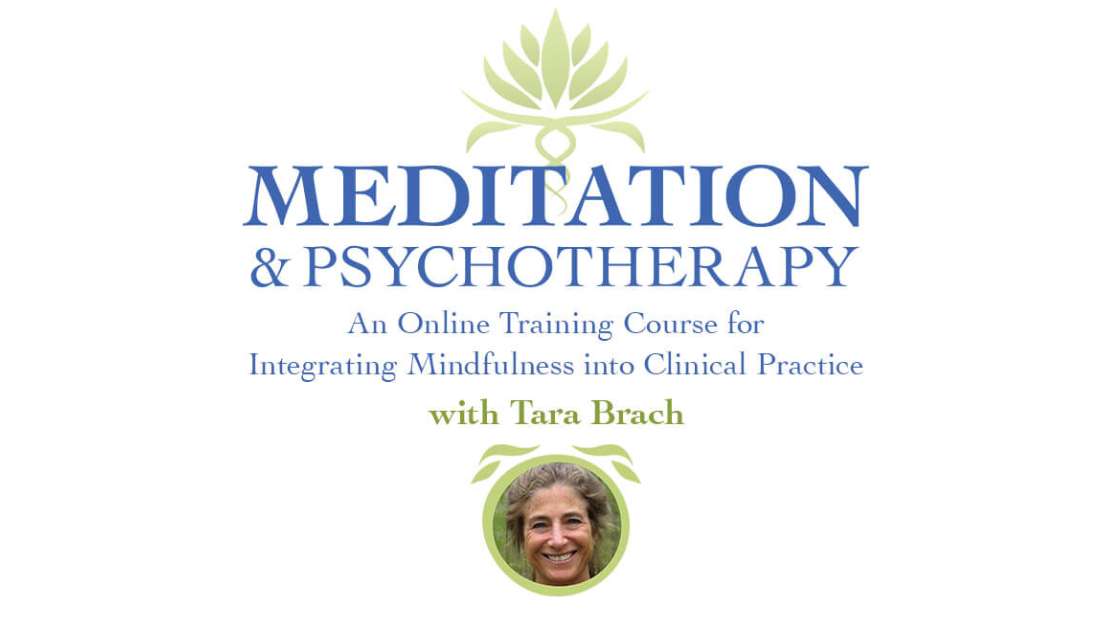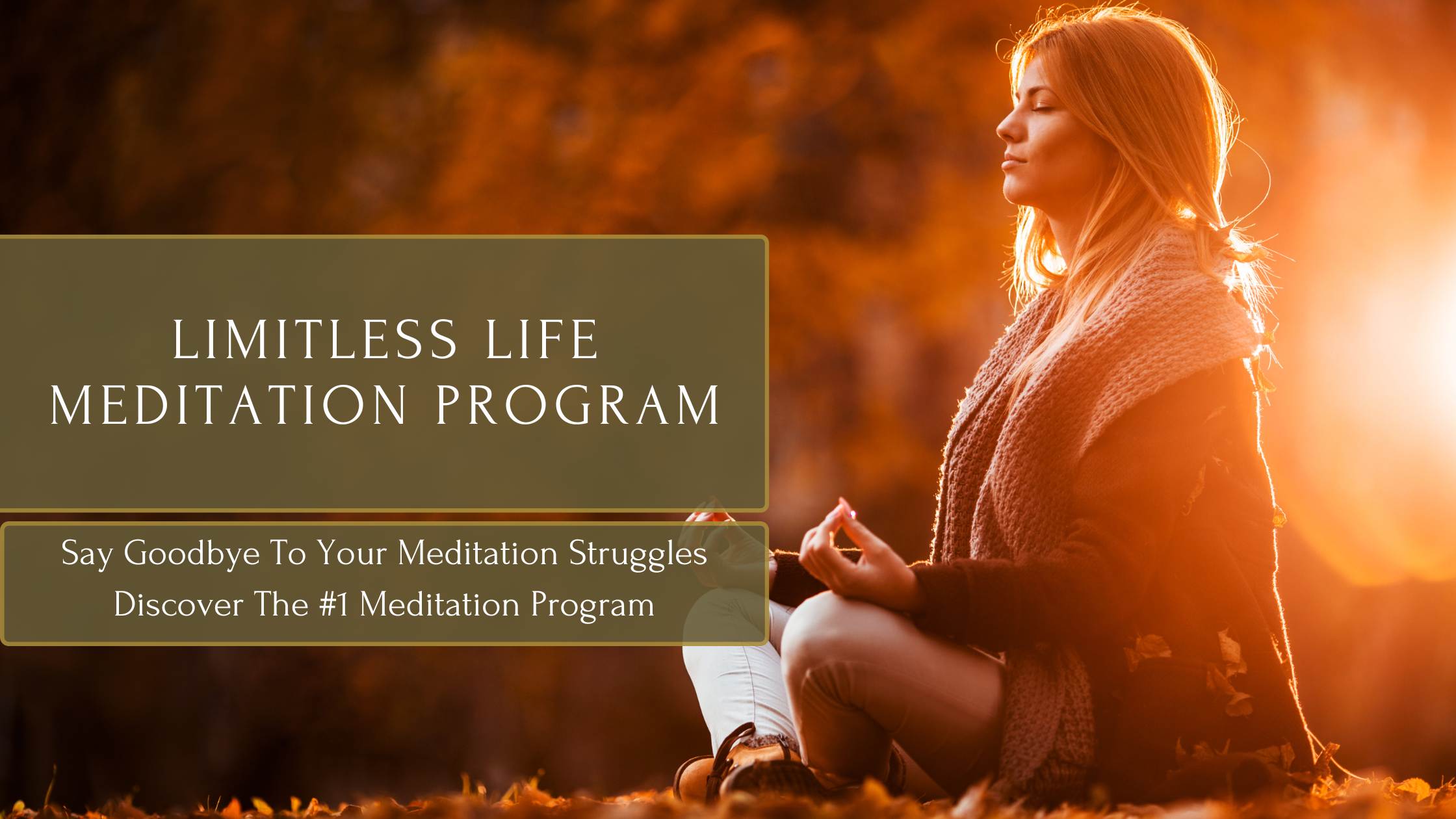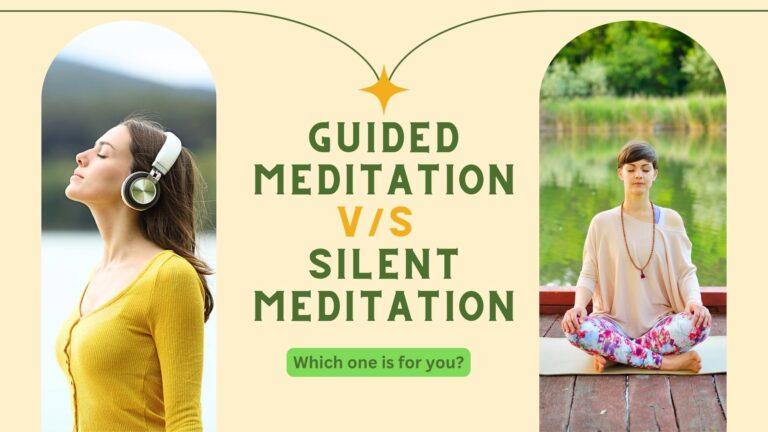What’s the difference between listening to a calm voice guiding you through a meditation and sitting in complete silence with just your breath for company? The contrast between guided meditation vs. silent meditation can be subtle yet significant, especially when you’re trying to build a consistent practice.
In this post, you’ll discover the five key differences between guided and silent meditation. We’ll look at how each style supports your focus, inner awareness, and long-term growth, so you can choose the approach that best suits your needs, whether you’re just starting out or deepening your journey.
1. Level of Structure & Support
When it comes to how much guidance you receive during meditation, guided and silent practices are very different. This difference plays a big role in how easy or challenging your session feels, especially in the beginning.
Guided Meditation: A Roadmap for the Mind
In guided meditation, someone else, often a teacher or a recorded voice leads you through the process. This could include instructions like “focus on your breath,” “notice the sensations in your body,” or “bring to mind someone you’re grateful for.”
- Helpful for beginners: Guided meditation gives structure and step-by-step support, which makes it easier to know what to do. It removes the guesswork.
- Keeps you focused: When your mind starts to wander, the teacher’s voice gently brings you back. This makes it easier to stay present.
- Often includes a theme: Many guided meditations focus on topics like stress relief, better sleep, self-love, or healing. This adds purpose and direction to the session.
In short, guided meditation is like having someone walk beside you on a new path, helping you stay on track.
Silent Meditation: Trusting Your Inner Compass
In silent meditation, there’s no outside voice. You sit quietly and follow your own rhythm, usually focusing on your breath, body sensations, or just being present.
- Requires more independence: You guide yourself through the practice, which can be freeing but also more difficult, especially if you’re unsure what to do.
- Offers space for deeper connection: Without external words, your attention naturally turns inward. Over time, this can lead to more self-trust and inner clarity.
- Best for more experienced meditators: Silent meditation often feels harder in the beginning, but with practice, it becomes a powerful way to connect with stillness.
You can think of silent meditation like exploring a quiet forest alone, you move at your own pace and follow your own instincts.
2. Depth of Experience
Some meditations feel light and relaxing, while others lead you into deep stillness or unexpected insights. The depth of your experience often depends on whether you’re following guidance or sitting quietly with yourself.
Guided Meditation: Gentle Exploration
Guided meditation often feels like a calm, steady ride. The teacher’s voice keeps your attention moving in a helpful direction.
- It keeps you mentally engaged: You’re listening, following instructions, and focusing on the moment. This can keep your mind from drifting too far.
- Less room for deep silence: Because someone is speaking throughout, there’s usually not as much space for long pauses or stillness. It’s more like a conversation than complete quiet.
- Great for emotional support or learning: Guided meditations can gently help you explore emotions or thoughts, especially during difficult times. They also introduce you to new techniques.
This makes guided sessions feel safe, supportive, and useful especially when you want help staying present or working through something specific.
Silent Meditation: Deep Dive Within
Silent meditation creates a different kind of space, one that’s open, still, and undirected. You’re not being told what to do. You simply sit and observe what’s happening inside.
- Invites deeper inner awareness: Without words or sounds to follow, your attention naturally turns inward. This can lead to deeper insights or emotional releases.
- May feel intense at times: When the noise of the world fades, you might notice restlessness, discomfort, or strong emotions. That’s normal and often a sign that something meaningful is unfolding.
- Encourages self-trust: Over time, sitting in silence helps you become more familiar with your thoughts, patterns, and body sensations. You learn to trust your own presence.
Silent meditation is where many people discover deeper layers of stillness and clarity but it often takes patience and practice to feel comfortable with it.
3. Focus & Distraction Management
One of the biggest challenges in meditation is staying focused. Thoughts, sounds, or even body discomfort can easily pull your attention away. How you handle distractions depends a lot on whether you’re doing guided or silent meditation.
Guided Meditation: Easier Focus Through Voice Anchoring
In guided meditation, the voice of the teacher acts like a steady anchor. It gently brings you back when your mind starts to drift.
- Helps you stay present: When you’re listening to someone guide you, it’s easier to stay with the meditation. The voice gives your mind something to follow.
- Reduces frustration: If you get distracted, the guide often reminds you to come back to your breath or body. This can be comforting and encouraging, especially for beginners.
- Good for busy or anxious minds: If your thoughts tend to race or jump around, guided meditation can provide enough structure to help you feel more grounded.
This makes guided meditation especially useful if you’re meditating after a busy day or during stressful times when focus is harder to maintain.
Silent Meditation: Strengthens Mental Resilience
In silent meditation, you don’t have a voice to bring you back. You learn to notice when your mind wanders and gently return your focus on your own.
- Builds self-awareness: You become more aware of how often your mind wanders and what distracts you. This awareness is a big part of personal growth.
- Develops inner strength: Each time you bring yourself back from a distraction, you build mental discipline. Over time, this makes it easier to stay calm and focused even outside meditation.
- Can be more challenging: At first, it might feel frustrating to sit in silence when your thoughts are busy. But with practice, it becomes easier and more rewarding.
Silent meditation teaches you how to handle distractions without depending on external support. This can make your focus much stronger over time.
Struggling to make meditation work for you? Check out these related posts to find out why it’s not clicking for you and how you can overcome the common obstacles beginners face.
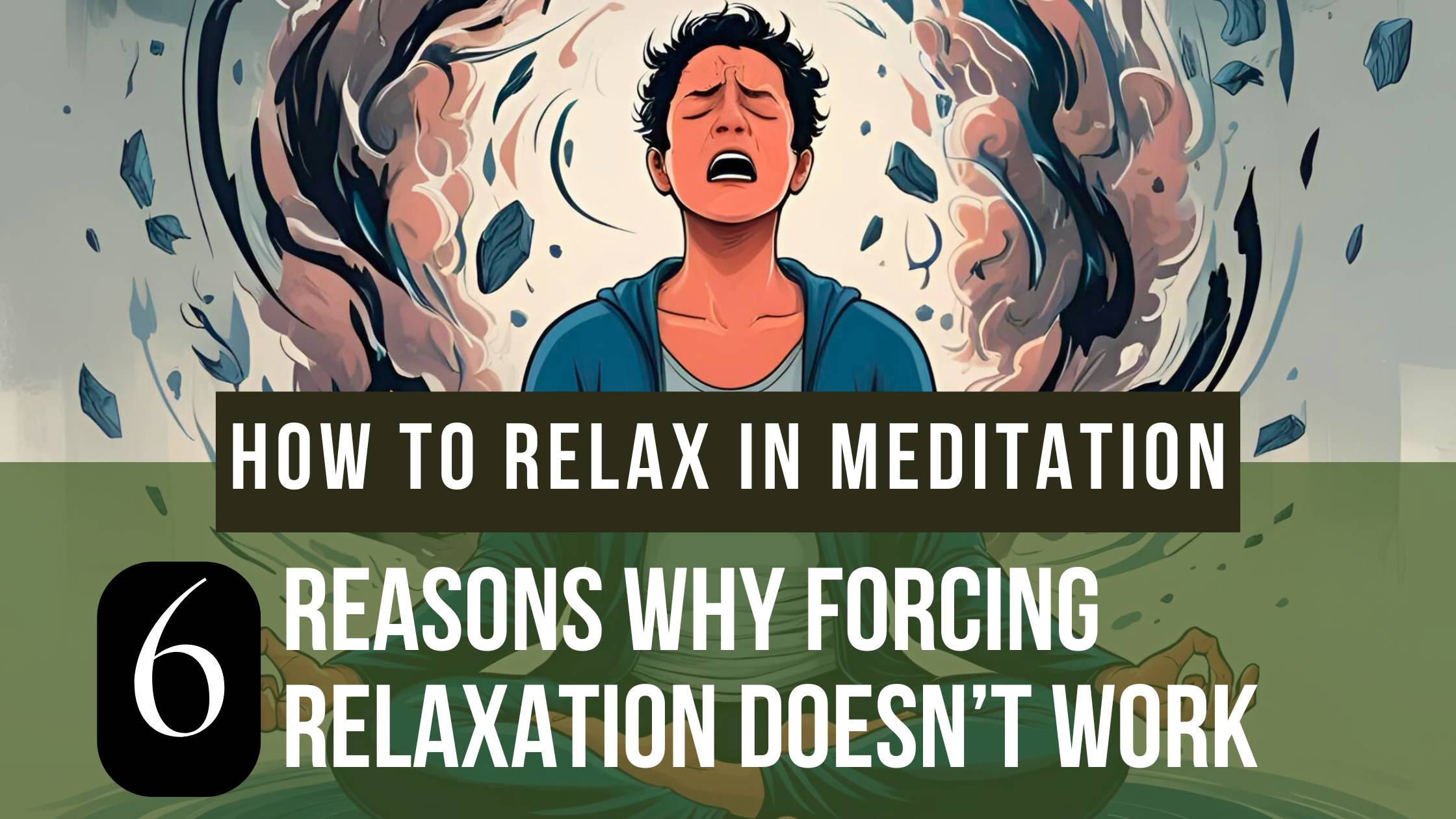
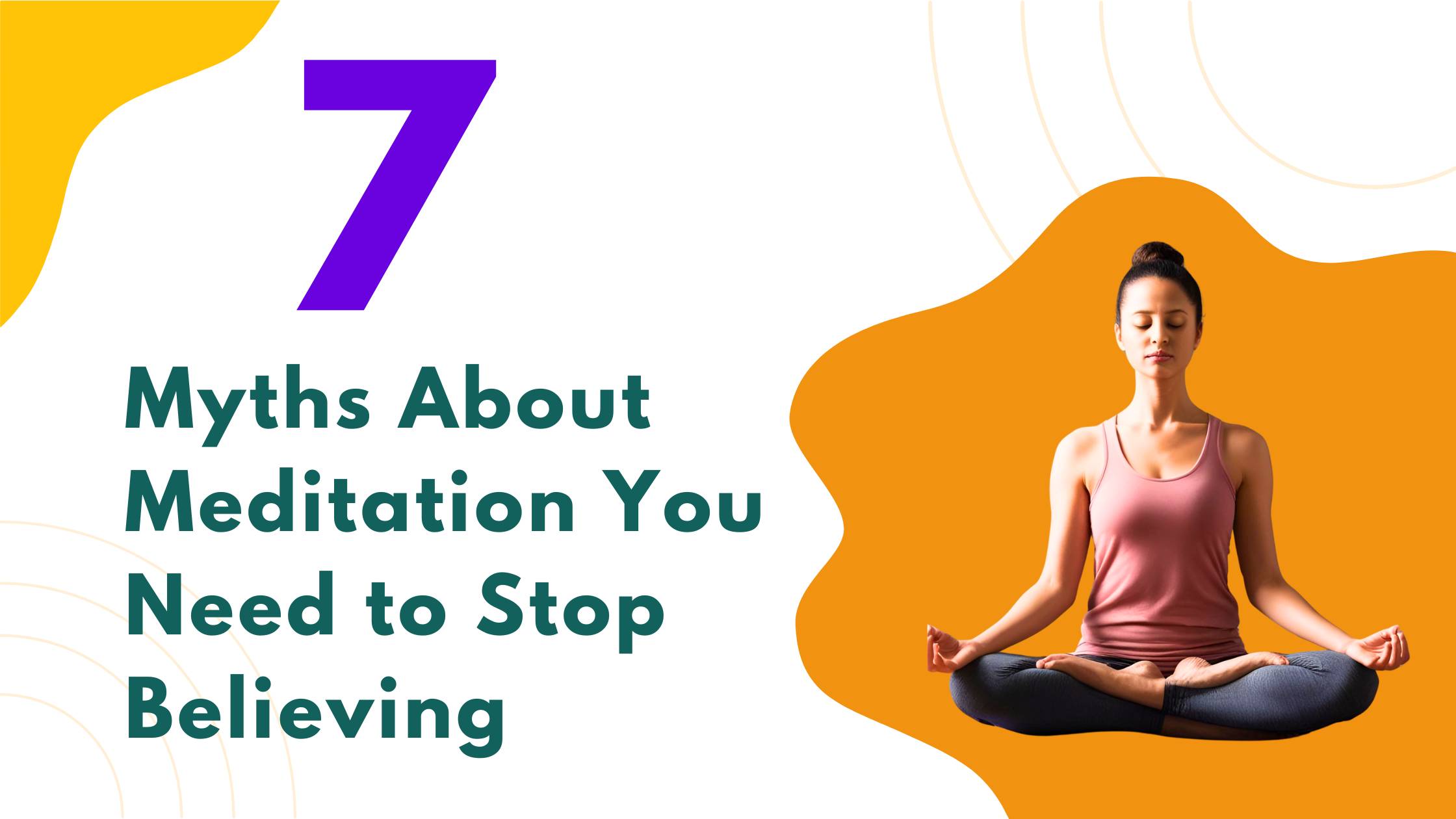
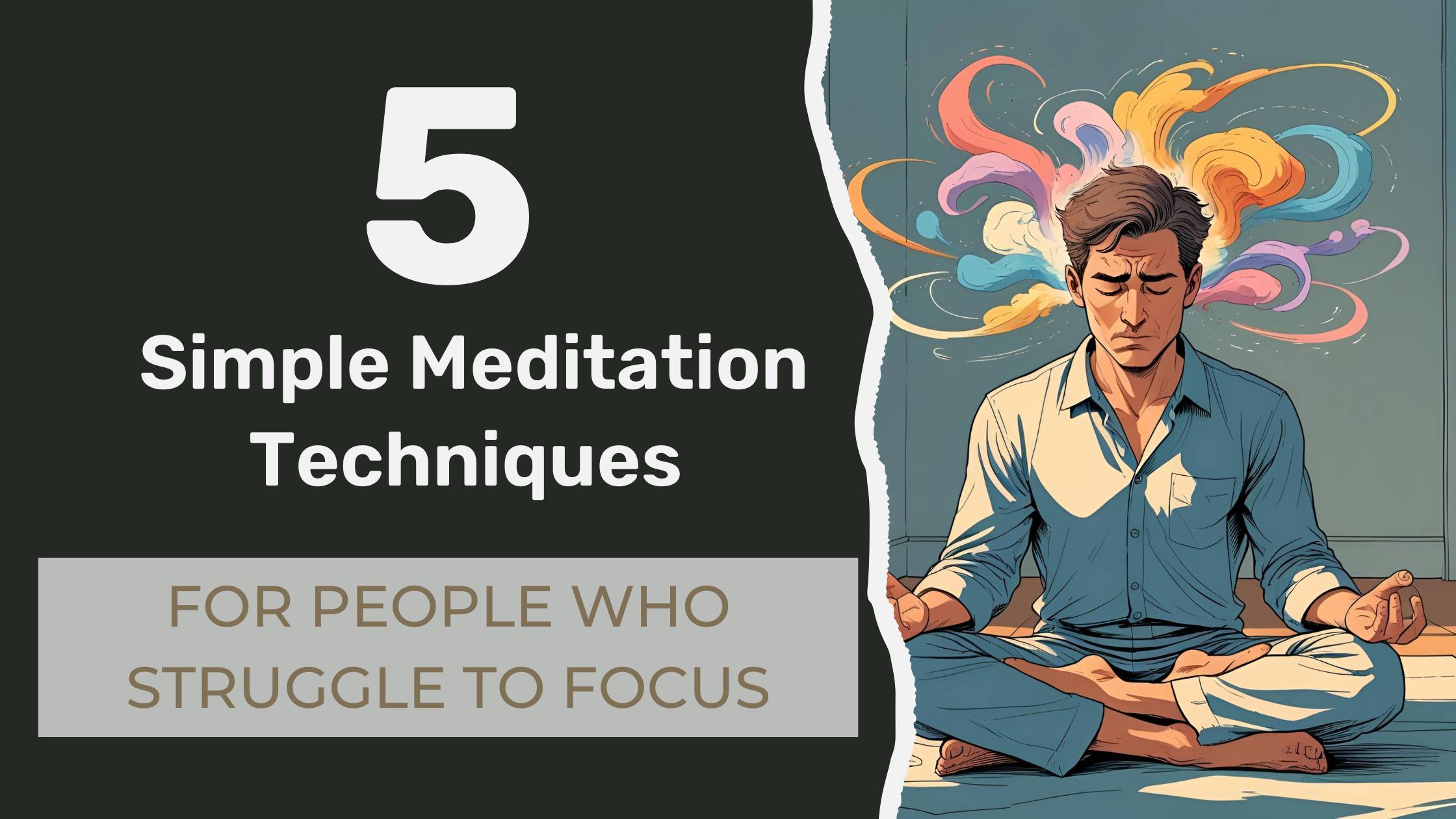
4. Personalization & Flexibility
Meditation should feel like it fits you. Some people like structure and variety, while others prefer to decide everything for themselves. Guided and silent meditation offer different levels of personalization and that affects how you experience your practice.
Guided Meditation: Wide Variety, Limited Customization
Guided meditation gives you plenty of options, but you’re still following someone else’s lead.
- Plenty of topics to choose from: You can find guided sessions for almost anything stress relief, sleep, anxiety, focus, gratitude, and more. This makes it easy to pick what fits your current mood or goal.
- Convenient for daily routines: Many apps offer short meditations you can do during breaks, before sleep, or after waking up. This makes it easy to build a habit.
- But less control over pace and style: Since you’re listening to someone else, you follow their voice, rhythm, and words. You don’t get to choose the exact timing of silence or the tone of the session.
Guided meditation is great if you like variety and clear direction. But over time, some people may feel ready to explore more freely.
Silent Meditation: Purely Your Own
Silent meditation puts you completely in charge of how you practice.
- Choose your own method and pace: You can sit in silence focusing on your breath, body, or even a mantra. You can decide how long to sit and what to do during that time.
- Adjust based on how you feel: If you’re tired, you can slow things down. If your mind is busy, you might focus on the breath more deeply. You’re free to change your approach based on what you need that day.
- Grows with your practice: As you become more experienced, your silent sessions may become longer, simpler, or deeper. It’s a flexible way to explore your inner world.
Silent meditation gives you the freedom to shape your own experience. It’s a more open and personal path, but it also requires you to know yourself well.
5. Accessibility & Learning Curve
Some meditation styles are easier to start with, while others take time and patience to get used to. Let’s look at how guided and silent meditation compare when it comes to how easy they are to access and learn.
Guided Meditation: Beginner-Friendly and Easy to Access
Guided meditation is often the first choice for people who are new to meditation and for good reason.
- Easy to get started: All you need is a phone or computer. Just press play on a guided meditation app, video, or audio. No special skills or preparation needed.
- Clear instructions make it simple: The guide walks you through each step where to sit, how to breathe, what to focus on. This removes any confusion or doubt.
- Popular apps and videos are widely available: Platforms like Insight Timer, Headspace, and YouTube offer thousands of free or low-cost guided meditations. You can choose based on length, topic, or experience level.
- Low pressure, high support: If you’re nervous about meditating alone, guided sessions help you feel supported and less overwhelmed.
Guided meditation is like taking a class with a kind teacher, it’s designed to help you feel confident as you learn.
Silent Meditation: Simple Setup, Slower to Master
Silent meditation may seem easier because you don’t need a device or guide but it takes more effort to do well.
- Minimal tools required: All you need is a quiet space and a little time. No headphones or screens just sit and begin. This simplicity is part of its beauty.
- But the practice can feel harder: Without guidance, many people wonder, “Am I doing this right?” or get frustrated when thoughts won’t settle.
- Takes time to feel comfortable: It may take a few weeks or months before silent meditation feels natural. That’s okay, building inner stillness is a gradual process.
- Best learned after some experience: Many people start with guided sessions and slowly move into silent practice as they grow more confident.
Silent meditation is like learning to swim on your own it’s powerful and freeing, but you’ll want to start slowly and be patient with yourself.
Conclusion: There’s No One “Right” Way to Meditate
Both guided and silent meditation offer valuable experiences but they serve different needs.
If you’re just starting out, guided meditation can make the process easier by offering structure, support, and clarity. It’s like having a friendly voice helping you build focus and consistency.
If you’re seeking more independence, inner stillness, or depth, silent meditation invites you to sit quietly with yourself, listen inwardly, and grow at your own pace.
Remember, your meditation journey doesn’t have to be limited to just one style. Many people begin with guided sessions and gradually transition into silent practice. Others switch between the two based on how they feel that day.
The best practice is the one you return to consistently and with curiosity. Whether guided or silent, what matters most is showing up for yourself.
Hope you found this post useful! Want to take your meditation practice further? We’ve got some fantastic programs that could be just what you need.
